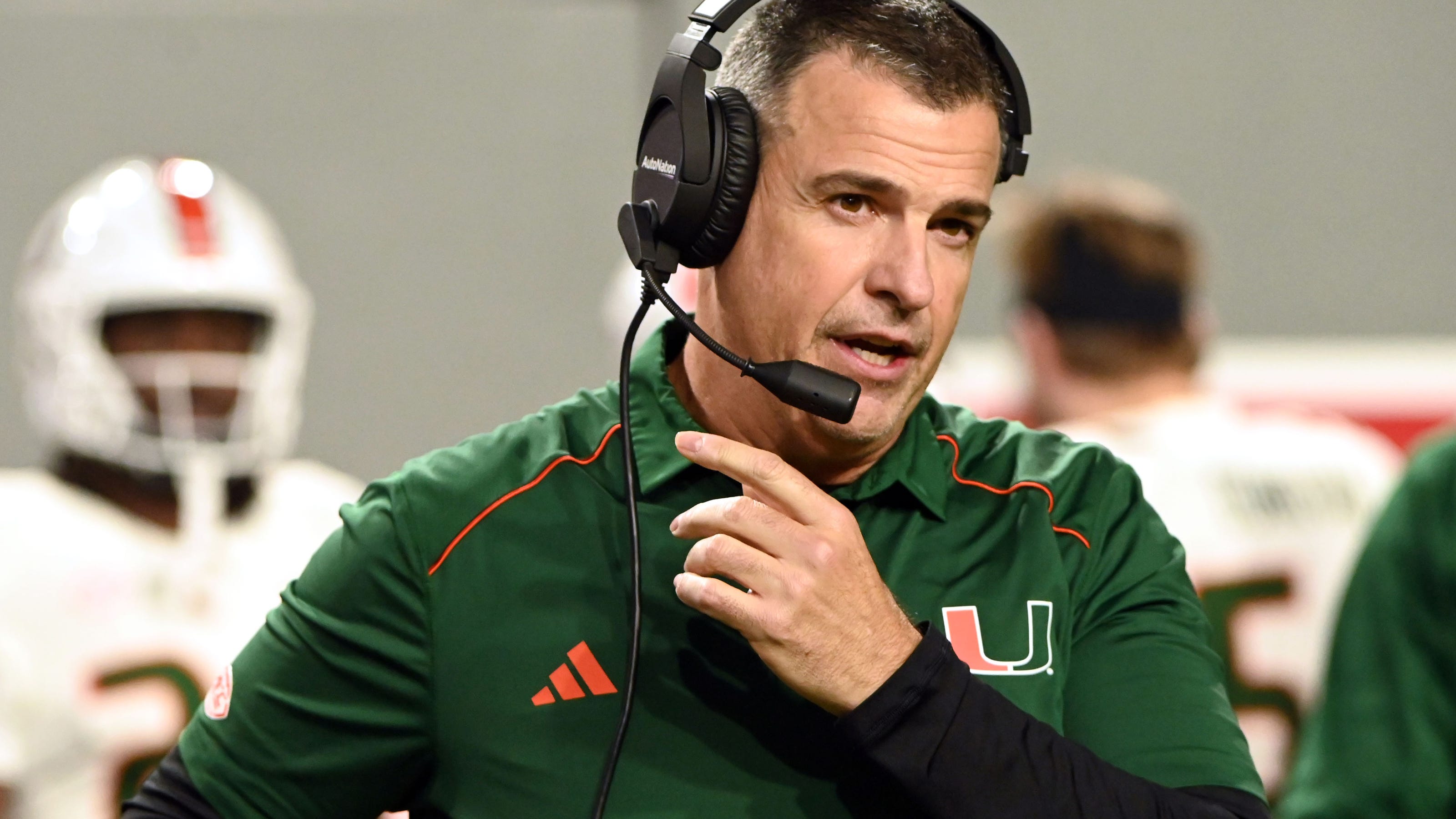The Super League proposal has gotten way more attention here and by college football podcasts than it deserves.
The reason the details got leaked when it did (after the conferences went ahead with the new payout split for the playoffs) was b/c it was a
failed proposal.
Neither the B1G or SEC had any interest in it (why would they?) and those behind the SL couldn't even get a meeting with Yormark.
Phillips (due to the more precarious position of the ACC) did meet with them, but it was only a one time prelim meeting.
Giving the football factories an even bigger financial advantage than they already have is the wrong way to go.
The NFL is the most successful professional league in the US due to having the closest thing to financial parity, which gives hope to every fanbase.
Sure, programs like dOSU, UM and PSU will continue to hold an economic edge over most other programs, but sharing the TV revenue equally gives the other programs hope (where Purdue has been able to pull off an upset over dOSU a couple of times).
As I have stated before, the one concession the smaller programs should probably give is to reward the schools in the PO, a bonus for each round before the rest the payout is distributed equitably among the conference members (just a teams which make the playoffs in the professional leagues make more $ than teams which don't make it).
It seems pretty inevitable that the Big 2 will end up with the premier programs in the ACC (and possibly the Domers), so why would they even think of not only unwinding the aggregation of power/revenue they have accomplished the past few seasons, but breaking apart the B1G and SEC into unrecognizable and disparate divisions in a SL?
Please. The stadium project is primarily intended to create a performance venue, privately owned outside of Chicago city limits, that enables performing artists represented by Learfield IMG to bypass Chicago union fees and city taxes. This is why NU went to the mat to ensure some number of concerts, knowing that number will grow dramatically over time (see Wrigley Field) and generate a significant new funding stream.
It is secondarily an athletic venue, downsized from its predecessor, to host football games for NU’s post-NIL team which competes far away from the NFL-affiliated super conference before smaller crowds and, in our rosiest possible future, as part of a reconstituted BIG Ten comprised of all those members exiled from the broadcast and gambling driven pro minor leagues.
This was not devised by Gragg or Schill. They might not even be aware that it is the plan.
The new stadium plan actually reminds me a bit of Tottenham Stadium, home of the Tottenham Hotspurs in North London.
They actually get quite a bit of their revenue from concerts, etc, including an NFL game every season or so.
Speaking of European football, the Super League proposal across the pond was killed by the fans, who wanted to maintain regionality.
The thing about European football is that each major league is dominated by 1-2, maybe 3 clubs.
PSG for the (French) Ligue 1.
Bayern Munich for the (German) Bundesliga; Bayer Leverkusen (a club founded by employees of pharmacy giant Bayer) just managed to win their very first league cup this season.
Real Madrid and Barca for (Spanish) LA Liga.
Juventus, AC Milan and Inter Milan for the (Italian) Serie A.
The one exception is the "Big 6" in the (English) Premier League.-which has at least 6 clubs (more like 7-8 nowadays with more teams backed by ME oil $) - and that more even competition at the top is why the EPL is the most popular around the world.
The EPL has instituted financial regs that make it tougher for clubs backed by billionaires to just spend and spend.
More competitive football = heightened interest (boring to see PSG or Bayern win their league every year).
That's why bringing in new blood like Oregon, Wash and USC to compete against the likes of dOSU, UM and PSU will bring added interest/eyeballs to the conference, and hopefully, a program like Wisky or the Cats can make a run every now and then to make things more interesting.
One interesting tidbit, FedEx is contributing a whopping
$25 million to Memphis' NIL fund.
Not out of the possibility for NU with its wealthy alumni network.
JHU has jumped up in (academic) rankings in large part helped by the the near
$2 billion contribution from Bloomberg.


